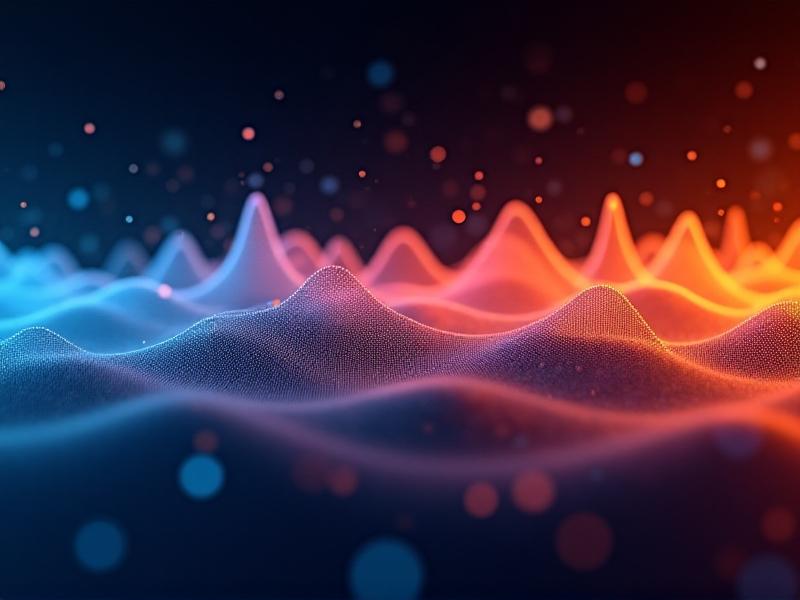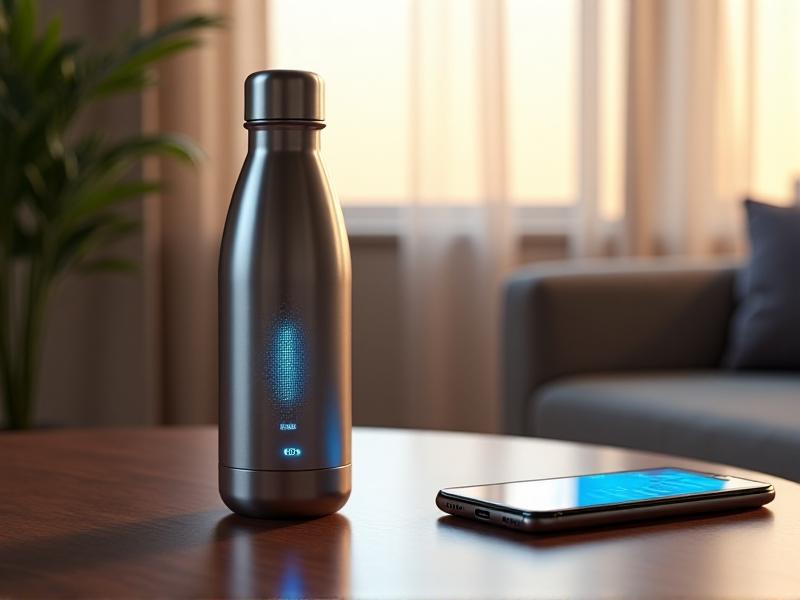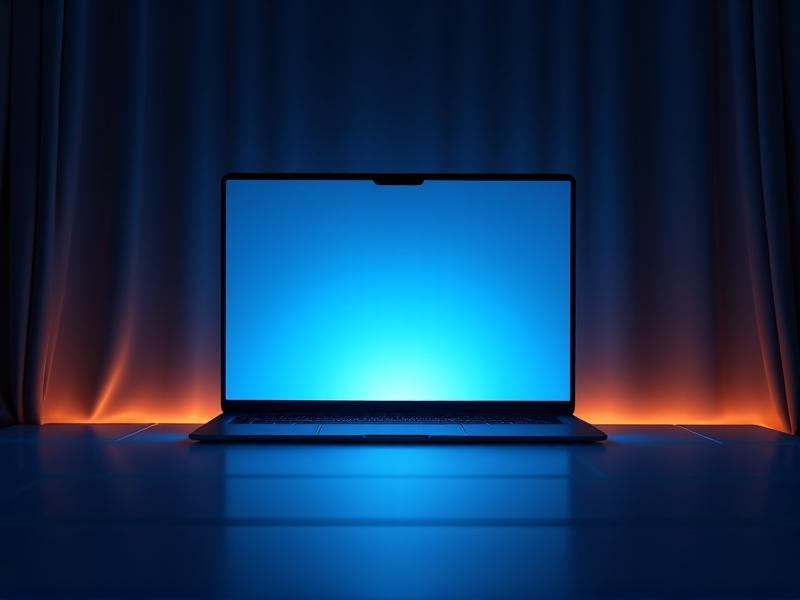Blood Glucose Monitoring for Brain Fog
The Hidden Link Between Blood Sugar and Cognitive Clarity
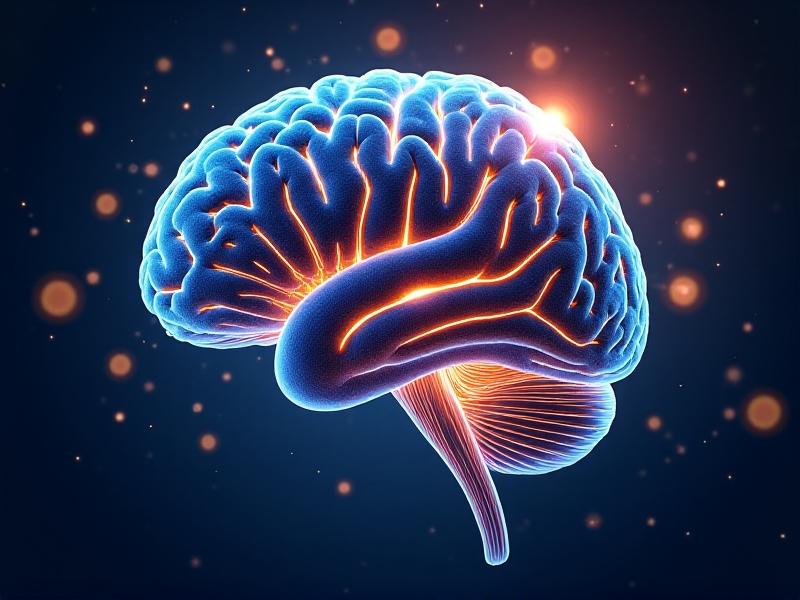
Brain fog—those moments when focus slips, words evade you, and mental clarity feels like a distant memory—is often dismissed as stress or fatigue. But emerging research suggests an unexpected culprit: unstable blood glucose levels. The brain consumes nearly 20% of the body’s energy, relying heavily on glucose to fuel neurons and neurotransmitter production. When blood sugar swings between highs and lows, it disrupts this delicate balance, leaving cognitive function compromised. For many, monitoring glucose could be the key to unlocking sharper focus and sustained mental energy.
How Glucose Impacts Brain Function: The Science Explained
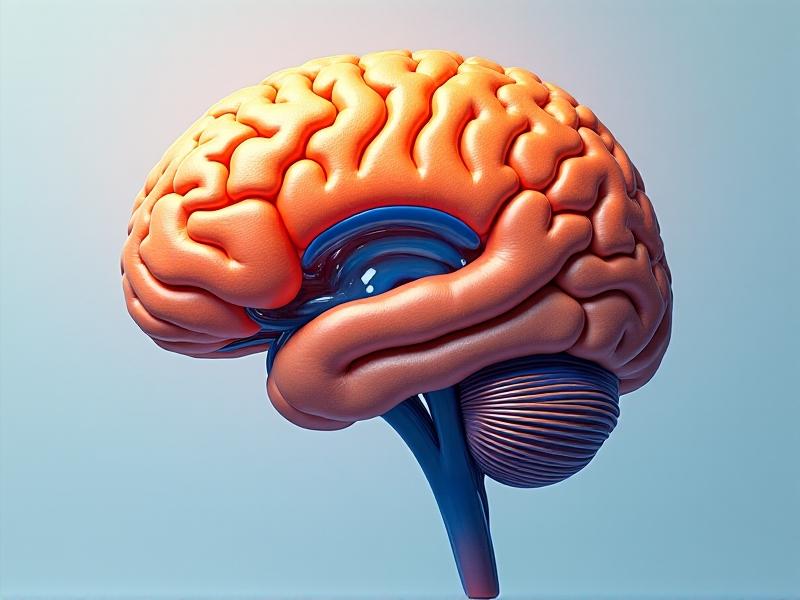
Glucose isn’t just fuel; it’s a regulator of neurotransmitters like serotonin and dopamine, which govern mood and cognition. Studies show that hyperglycemia (high blood sugar) triggers oxidative stress, damaging brain cells over time, while hypoglycemia (low blood sugar) starves neurons of energy, leading to confusion and irritability. Even mild fluctuations can impair memory recall and decision-making. Researchers now compare chronic glucose instability to “mental traffic jams,” where neural communication slows, and brain fog settles in. Continuous glucose monitors (CGMs) are revealing how individualized these responses are—proving that one-size-fits-all dietary advice often misses the mark.
Spotting the Signs: Glucose Spikes, Crashes, and Brain Fog Symptoms

Not all brain fog is created equal. A post-meal glucose spike might leave you lethargic and unfocused, while a crash could cause anxiety or lightheadedness. Common signs include midday energy slumps, post-carbohydrate mental fatigue, or sudden mood shifts. Tracking these patterns alongside meals—using journals or apps—helps identify triggers. For example, a high-sugar breakfast might lead to a sharp rise and fall, whereas a protein-rich meal stabilizes energy. Recognizing these cues empowers individuals to tweak their habits proactively, turning erratic glucose levels into a roadmap for cognitive optimization.
Tools of the Trade: Modern Methods for Monitoring Blood Glucose
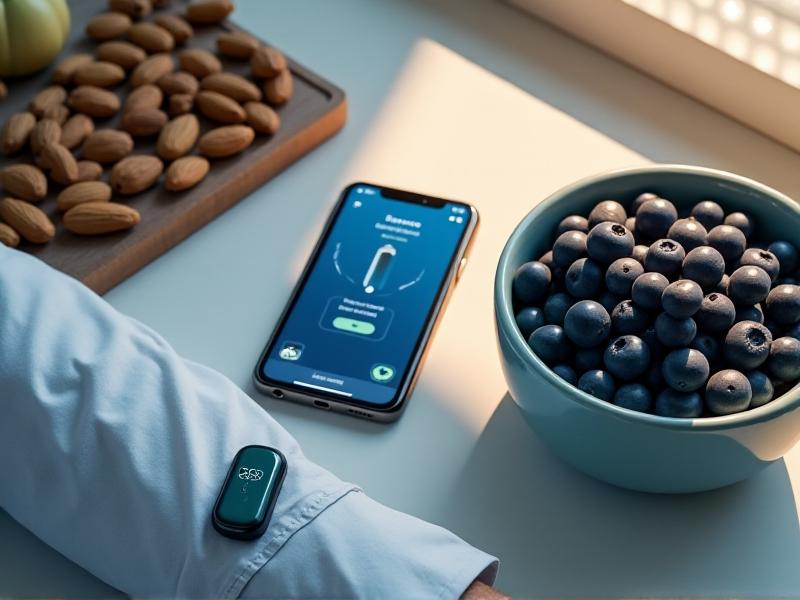
Gone are the days of relying solely on finger-prick tests. Continuous glucose monitors (CGMs)—once tools for diabetics—are now accessible for metabolic health tracking. These wearable devices provide real-time data, showing how specific foods, sleep, and stress affect glucose levels. Paired with AI-driven apps, users can predict trends and receive personalized insights. For those hesitant about wearables, periodic testing through blood panels or urine strips still offers valuable snapshots. The goal? To move from guesswork to precision, transforming glucose data into actionable steps for mental clarity.
Nutrition Hacks to Stabilize Blood Sugar and Sharpen Your Mind
Food is medicine—especially for glucose management. Prioritizing low-glycemic index carbs (think quinoa over white rice), pairing carbs with protein or fat, and incorporating fiber-rich vegetables slows glucose absorption. Snacking on nuts or Greek yogurt prevents midday crashes. Surprisingly, vinegar or cinnamon added to meals can blunt post-meal spikes. Hydration matters too: dehydration mimics hypoglycemia, worsening brain fog. Experimenting with meal timing—like intermittent fasting or smaller, frequent meals—can also stabilize energy. The result? Steady glucose levels translate to fewer mental hiccups and more productive hours.
Beyond Diet: Daily Habits That Support Glucose Balance
Diet is just one piece of the puzzle. Sleep deprivation elevates cortisol, prompting glucose spikes even if you eat perfectly. Aim for 7–9 hours nightly. Exercise, particularly strength training and brisk walks, improves insulin sensitivity, helping cells absorb glucose efficiently. Stress management—through meditation or breathwork—reduces cortisol-driven glucose fluctuations. Even posture matters: sitting for hours slows metabolism, while standing desks or light stretching boosts glucose uptake. These habits create a positive feedback loop: stable glucose enhances energy, making it easier to sustain the routines that keep levels steady.
Real-Life Success Stories: Overcoming Brain Fog Through Glucose Awareness
Take Sarah, a graphic designer who blamed her creative blocks on burnout—until a CGM revealed her glucose crashes at 11 a.m. and 3 p.m. daily. Switching her breakfast from toast to eggs and avocado smoothed her energy, reviving her productivity. Then there’s Mark, a teacher who linked his post-lunch brain fog to hidden sugars in salad dressings. Stories like these highlight the transformative power of glucose literacy. While not a cure-all, metabolic awareness often uncovers surprising, simple fixes that restore both physical vitality and mental sharpness.
The Future of Glucose Monitoring: Innovations for Cognitive Health
Emerging tech aims to make glucose tracking seamless. Researchers are developing non-invasive sensors that measure glucose through sweat or saliva. AI platforms now analyze glucose patterns against sleep, exercise, and genetics to offer hyper-personalized advice. Meanwhile, “smart” utensils claim to slow eating pace, reducing glucose spikes. As these tools evolve, they’ll democratize access to metabolic insights—potentially preventing brain fog before it starts. The message is clear: understanding your glucose isn’t just about physical health; it’s an investment in a clearer, more resilient mind.

